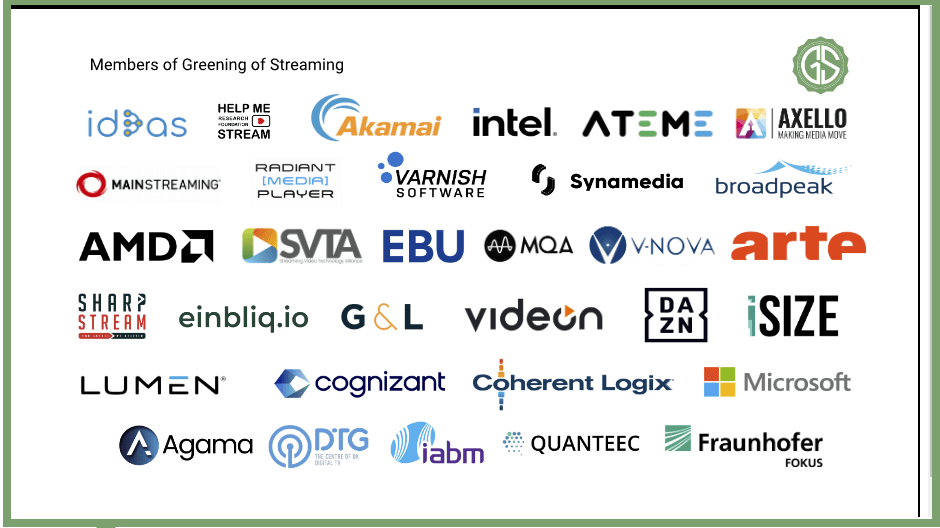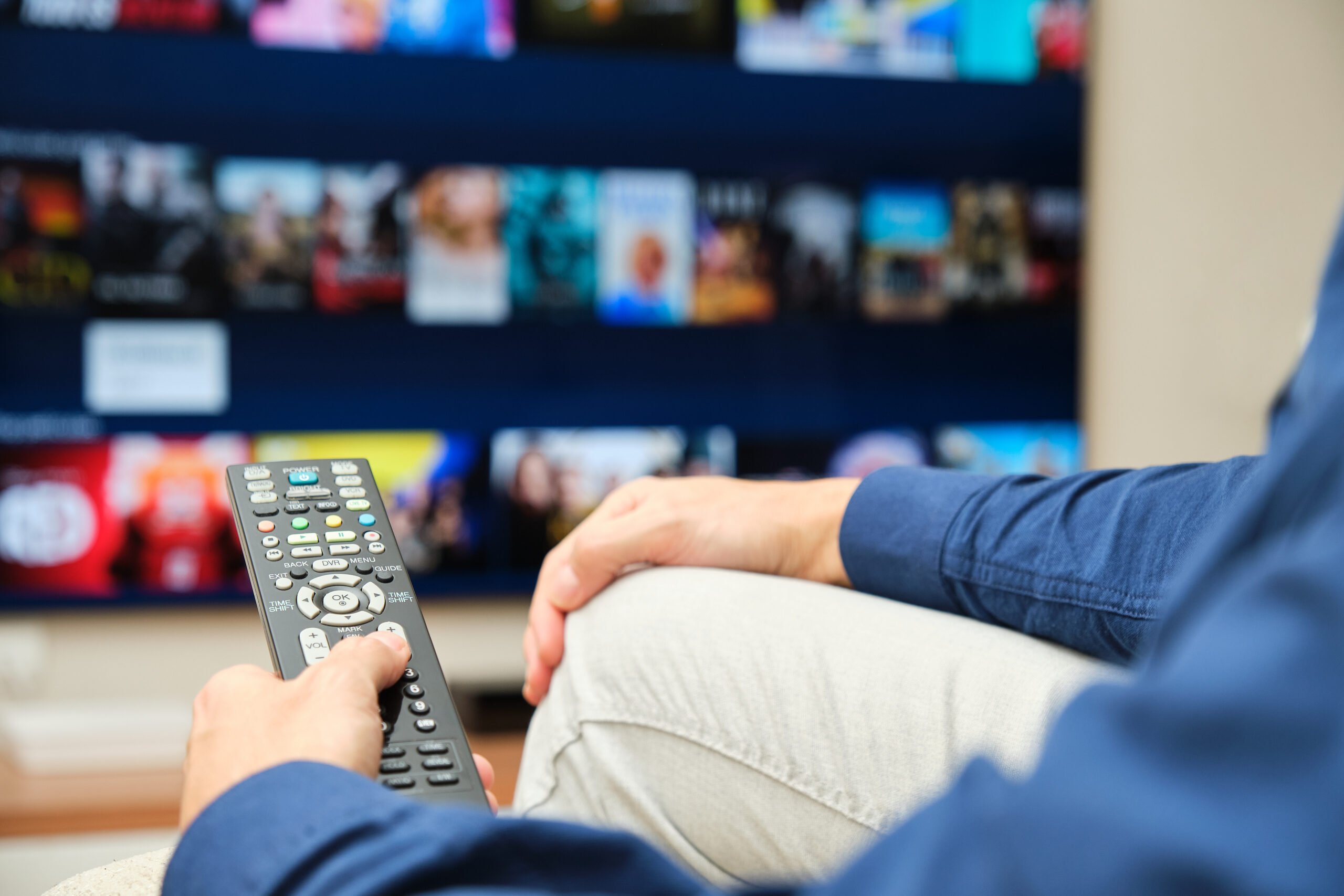Three years ago this month, the streaming industry became aware of the necessity for a more environmentally friendly approach to streaming.
Since then, several companies and organizations have gone beyond mere lip service and actively pursued solutions for sustainable streaming to reduce overall energy consumption and its environmental impact.
To shed light on these developments, we will focus on key practical areas that working groups within a relatively new industry organization are utilizing to shape discussions around various aspects of the streaming workflow. These include encoding, delivery, and recommendations for end-user devices.
For those unfamiliar, the organization known as Greening of Streaming (GoS), founded by Dom Robinson, takes its name from a significant article that Dom and the author co-wrote for Streaming Media magazine in May 2020.
In that article, they advocated for industry-wide discussions and actions to create streaming media delivery solutions that consider not only pricing and performance, which are critical factors in the success of streaming for on-demand and live-linear content distribution, but also solutions designed with a third element in mind: power efficiency.
The GoS organization
This organization consists of prominent operators, service providers, and technology vendors within the streaming industry. Its primary objective is to enhance energy efficiency and sustainability in streaming services’ architecture and design. It emphasizes the importance of considering power efficiency as a significant design factor alongside price and performance in system development.
Greening of Streaming, established in 2021 as a consortium for sustainable media, recently received the prestigious 2023 NAB Show Excellence in Sustainability Award in the Leadership category.
GoS operates numerous active international working groups, drawing expertise from academic institutions, non-governmental research and policy organizations (NGOs), and representatives from all segments of the streaming industry workflow. It is not an accreditation or offsetting group, nor does it function as a standards development organization (SDO). However, many of its members also participate in SDO committees across various industry standards organizations.

Fundamentally, GoS operates as a user group (UG) driven by the industry, aiming to shape the perception and influence the development of streaming-related technical standards through ongoing research into best practices for stream acquisition and delivery. Its primary objective is to advocate for energy efficiency to be recognized as a primary and essential key performance indicator (KPI) by standards development organizations (SDOs).
Of particular significance in the streaming industry is the LESS accord, an initiative spearheaded by GoS. It serves as both a practical premise and a call to action, urging broader participation and collaboration throughout the industry to achieve low-energy sustainable streaming practices.

The concept of sustainability in media
This concept delivery has been supported by scientific research for over a decade, with founding members of GoS actively involved in fundamental studies on this subject. However, progress in implementing sustainable practices has often been slow.
An illustration of this slow progress can be seen in a research project that focused on the power consumption of in-home digital video recorders (DVRs) in legacy on-demand content distribution for MVPD, over-the-air (OTA), and direct-to-home (DTH) distribution.
The research
The research formed the basis of the industry’s Base Case in 2012, which estimated DVR consumption. Remarkably, this estimate still holds true today.
It revealed that in-home DVRs alone consumed power equivalent to three nuclear power stations in the continental United States.
This estimation was based on the fact that most in-home DVRs consumed approximately 33 watts of energy per hour when in use (averaging 14 hours per day for a total of 169 kWh per year) and a similar amount of power (31 watts) during the 10-hour sleep cycle.
The primary difference between active and sleep modes was a dimming of the DVR’s screen, while the hard drives continued to spin and record content, which research found was often left unwatched by consumers.
Surprisingly, consumers returned to their televisions to watch other content instead of catching up on the recorded programs, even if they were not present at home.
This high-power-consumption approach stemmed from a flawed use-case assumption. The industry believed that consumers would not tolerate the 3-4 seconds required for a device to wake up from an actual sleep mode and spin up the hard drives to access previously recorded content.
As a result, the hard drives of DVRs continued to operate, and the power consumption level never dropped to a true sleep cycle of 3-4 watts.
Nevertheless, these findings served as a significant wake-up call, leading to a voluntary industry agreement known as the Set-Top Box Voluntary Agreement.
First signed in 2013, this agreement aimed to address power consumption and covered set-top boxes provided by cable, satellite, or telephone companies, which serve over 90% of the U.S. pay TV market.
It was revised in 2018 and extended last year, with the coverage of device power consumption now extended until 2025.








